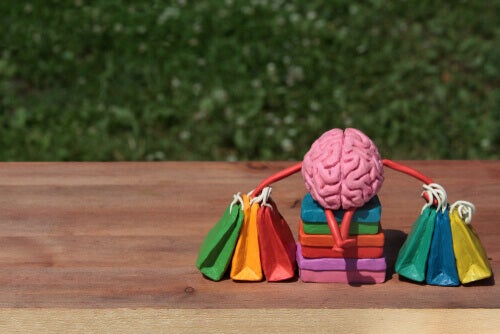Advertising, promotional campaigns, persuasion techniques . . . everything is small to improve sales. As if that were not the case, a discipline has recently emerged focused on the study of the consumer’s brain: neuromarketing.
In the capitalist system in which we live, being able to sell more and better is one of the foundations of the economy, so companies are working hard for us to buy their products.
- Neuromarketing is a combination of the study of customer habits and modern neuroscience.
- Thanks to this article.
- We currently have a lot of information about what happens in our mind when we go shopping.
In this article, you’ll discover some of the most important discoveries.
Until now, sales techniques had nothing to do with science; on the contrary, they survived or fell to the side of the road by trial and error.
However, in recent decades much progress has been made in understanding the different aspects of the human mind, so today we know much more about things like memory, perception and motivation.
On the other hand, thanks to advanced neuroimaging techniques, we are also able to better understand how the consumer’s brain works, these two united knowledge give way to neuromarketing: a science that has revolutionized the sales methods of large companies.
By applying all the results of this discipline, stores use the biases of our brain to achieve various goals:
As a result, the consumer brain study has become a valuable source of knowledge for sales. In this text you will find some of the most common applications of neuromarketing discoveries.
Have you ever wondered why shopping cart wheels in some supermarkets looked crooked?Strange as it may seem, this function has been implemented on purpose.
By diverting the cart to the shelves, it was discovered that people tend to focus more on the products on display and, as a result, end up making more purchases.
This is not the only feature of caddies inspired by the study of the consumer’s brain, size is also important: because of the way our mind works, we tend to want to fill the container we carry.
For this reason, the larger the size of the car, the more money we’ll spend.
Another practical application of neuromarketing is the design of stores and product shelves. Because of the way our brain works, we tend to choose the highlights (even if it’s just so we don’t have to bend down?).
Thus, an important point is the height of the products on the shelves. Techniques such as mapping pupil movement have shown that we tend to buy what is at eye level.
For this reason, the most expensive marks usually live up to our face, while the unknown marks are below.
On the other hand, staple foods are usually found at the end of the store, in this way, to acquire them we have to go through a multitude of corridors that attract our attention, we usually end up buying much more than we need. First of all.
When reading about neuromarketing techniques applied in the world of sales, you may wonder where the consumer’s free will is in the midst of everything, is it easy to manipulate us to buy a particular product?
This question is precisely at the heart of some of R’s studies. Mark Wilson, Jeannie Gaines and Ronald Paul Hill; unfortunately, the answer is not entirely clear.
However, as in the field of persuasion, we know that these techniques have greater effect when we do not pay much attention to what we do, as happens, for example, when we are in a hurry.
So if you want to avoid falling into neuromarketing networks, it’s best to take the time to buy, take a list and try to follow it as strictly as possible. It is also recommended not to be hungry, to reduce the temptation to buy unnecessary calories products.
These little tricks can make the difference between a purchase controlled by your needs and a purchase controlled by the store that sells the products.

